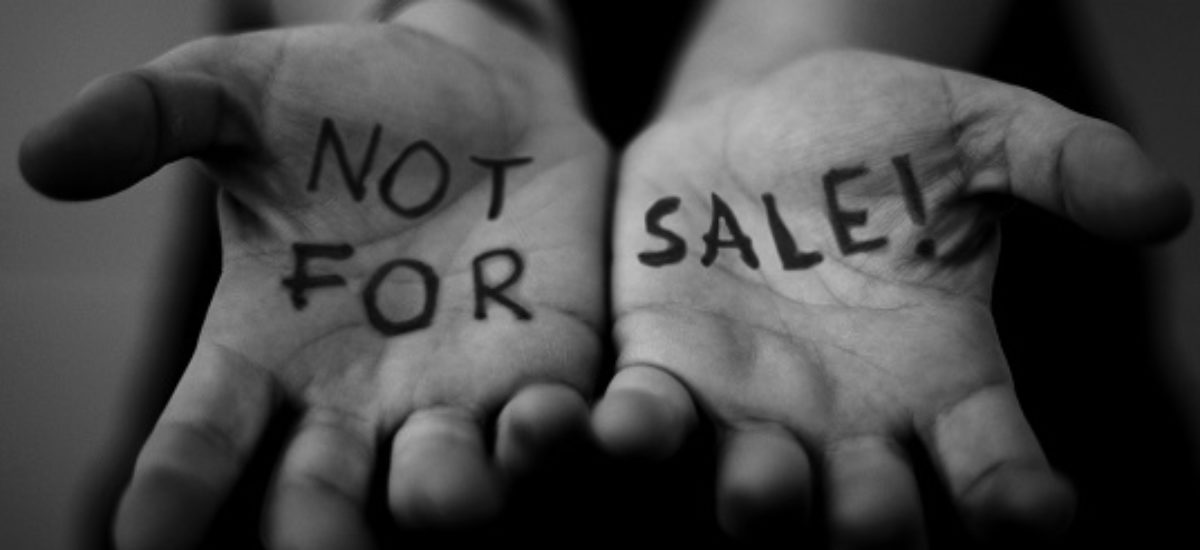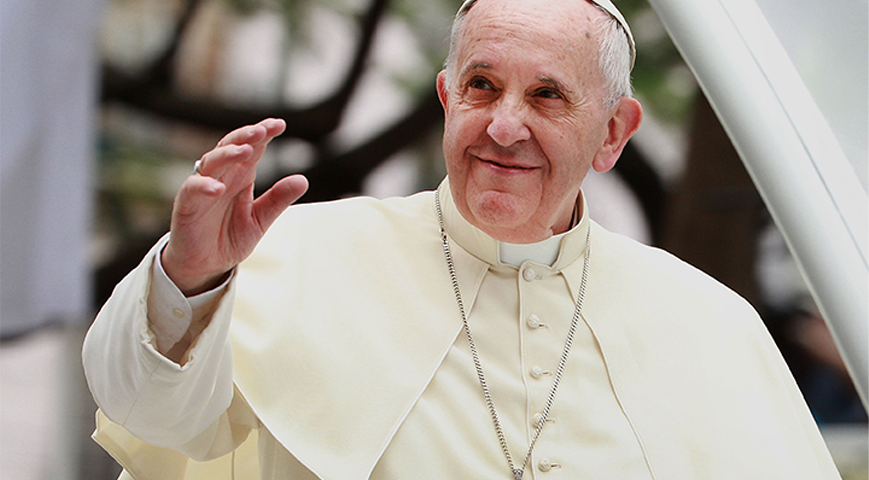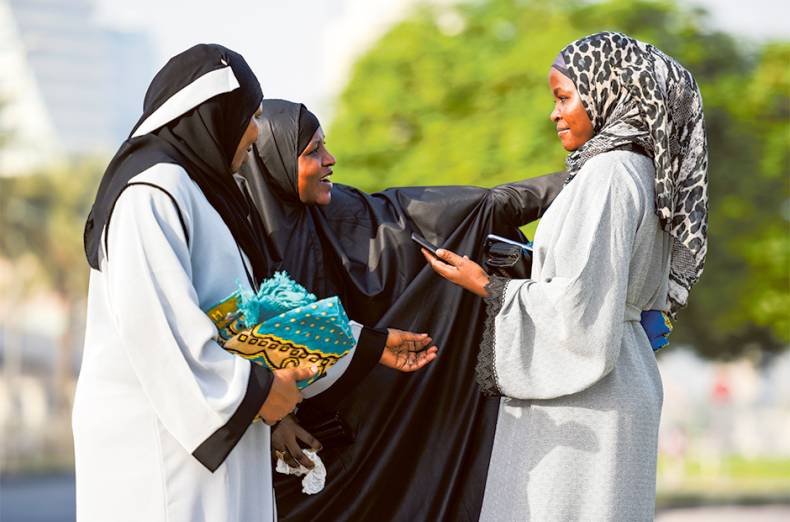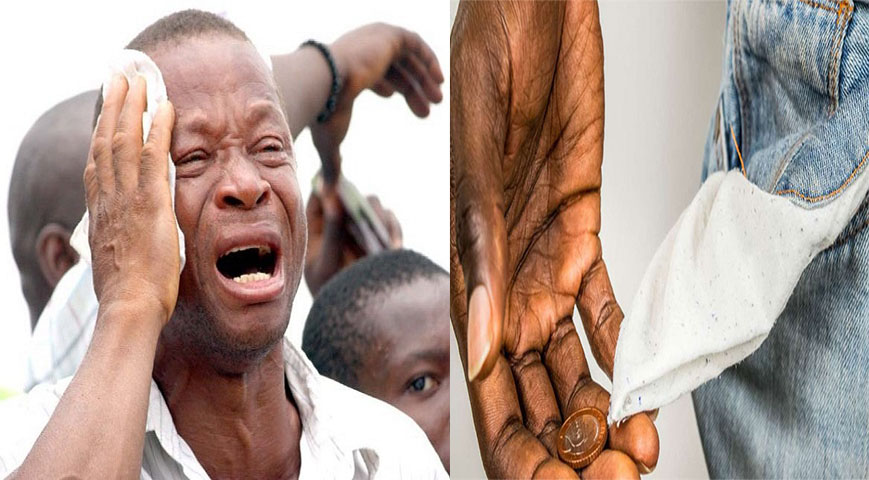Child trafficking is a heinous crime that flagrantly violates basic human rights and has a profoundly detrimental impact on the victims, their families, and society as a whole. The practice involves the recruitment, harboring, transportation, transfer, or receipt of children for the purpose of exploitation. Exploitation can take many forms, including forced labor, sexual exploitation, and forced begging, among others.
1. Child trafficking has terrible and pervasive repercussions
Some of the most significant effects of child trafficking include physical harm and health risks. The physical abuse, neglect, and exploitation of children who are trafficked often lead to infections, bruises, and starvation. They might also be forced to work in hazardous settings, increasing their risk of accidents and diseases.
2. Child trafficking can result in emotional distress in addition to physical harm
The emotional and psychological abuse that may be inflicted on trafficked children can cause long-lasting trauma and have an effect on their mental health. They could experience loneliness, anxiety, depression, or post-traumatic stress disorder (PTSD), which can harm their overall health and development.
3. Loss of educational and developmental opportunities
Did you read this?
Children who have been trafficked may have limited potential and find it more challenging to escape poverty if they lack access to education and other developmental opportunities. Because of this, they might struggle to lead regular lives, which might lengthen the cycle of poverty.

4. Stigmatization
Children who have been trafficked could face prejudice and social shame, which makes it challenging for them to reintegrate into their communities and lead regular lives. Additionally, they could feel guilty and ashamed about what occurred to them, which could have a negative effect on their mental health.
5. Criminal involvement
Trafficked children may be forced to engage in criminal activities, which can lead to their arrest and incarceration. This can further damage their physical and mental health and limit their future prospects.
6. Deprives children of their childhood and future prospects
This limits their ability to contribute to the economic growth and development of their communities. It also perpetuates poverty and inequality, as trafficked children are often forced to work in exploitative conditions without adequate pay or benefits.
How To Combat Child Trafficking
The core causes of child trafficking, such as poverty, illiteracy, and social inequity, must be addressed in order to stop it. To stop trafficking from starting in the first place, governments and NGOs should help disadvantaged families and communities.

Campaigns for education and public awareness, career opportunities, and assistance for victims and their families might all fall under this category.
Law enforcement organizations are essential in the fight against child trafficking. They can look into the matter, bring charges against those responsible, and aid victims. To find and save victims of trafficking, they might collaborate with other agencies and groups.












